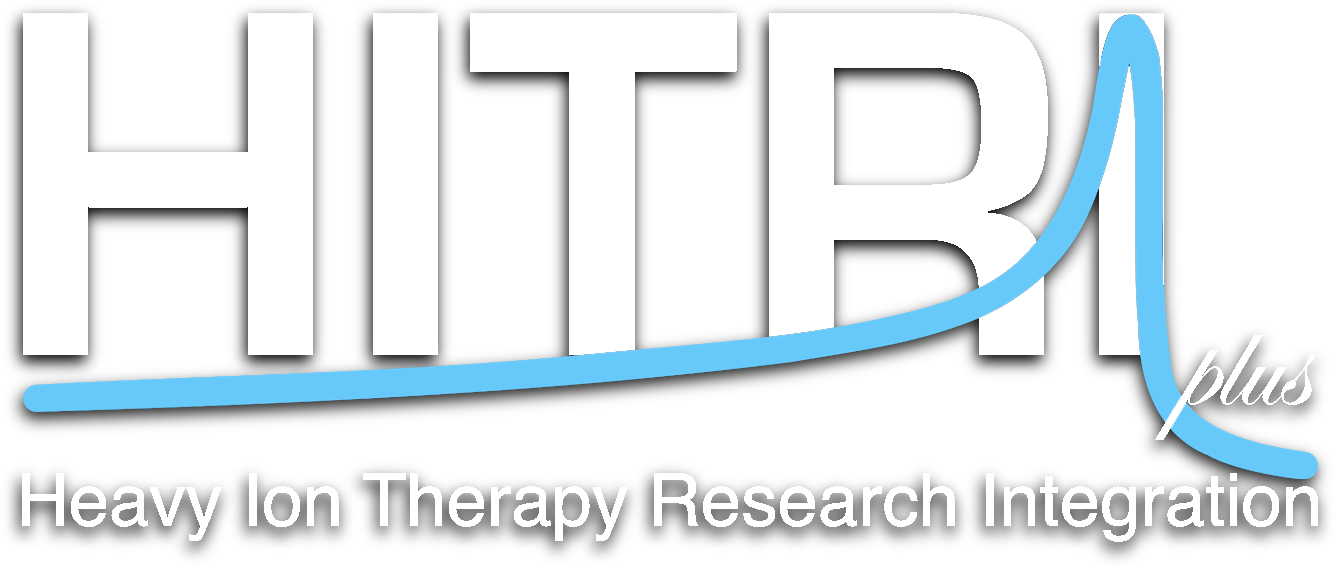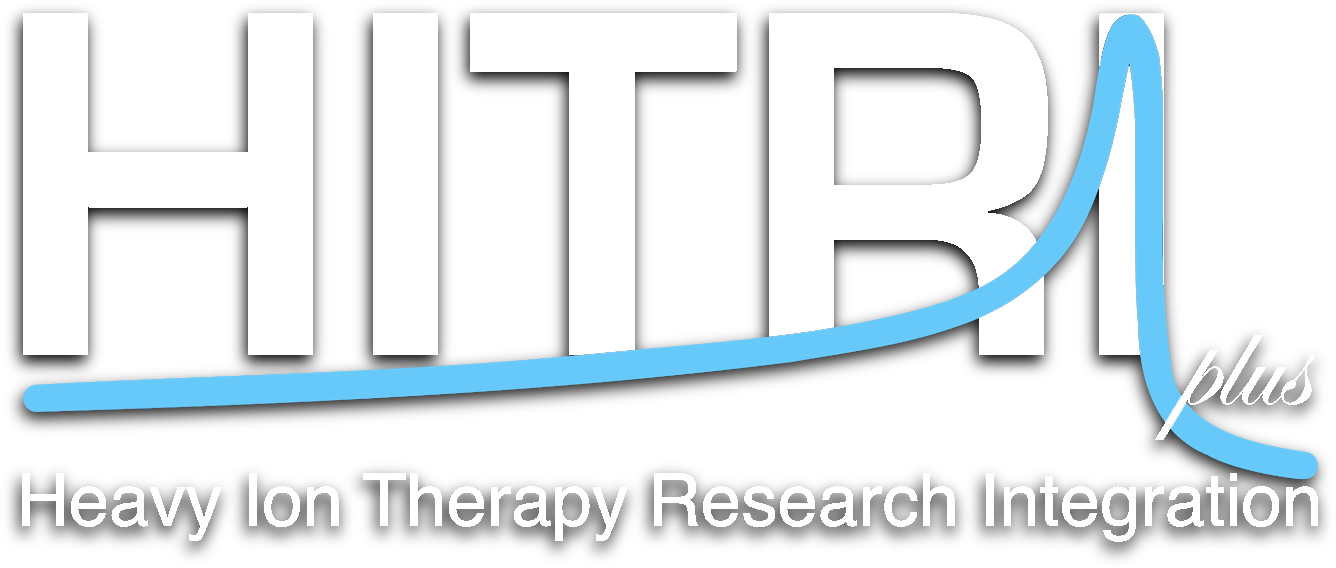Motivation
The battle against cancer remains a long-term priority for our society. Among the primary tools to fight cancer, X-ray radiotherapy (RT) is nowadays a standard and accessible technique, delivered by as many as 3,500 treatment units installed in European hospitals. Besides X-rays, radiotherapy with beams of protons that deposit a lower radiation dose in the healthy tissues surrounding the tumour is now flourishing, with 25 units in operation in Europe and other 4 under construction1 . The next challenge in hadrontherapy2 consists in a wider use of radiotherapy using ions heavier than protons (primarily carbon), which presents many advantages over X-rays or protons in terms of dose conformity, effectiveness in particular against radio-resistant tumours3 , and perspectives of integration with modern immunotherapy. In Europe, only four centres deliver carbon ion therapy, compared to six in Japan and three in China.
Two main reasons are limiting the diffusion of heavy ion therapy and the access of a larger number of patients to this advanced treatment technique. The first is the limited availability of clinical and pre-clinical data. The second is the significant cost of the treatment, presently about a factor of four higher than X-ray RT in Germany and Italy, related to the significant cost and size of the particle accelerator required to accelerate the ions to the treatment energy.
The HITRIplus Starting Community initiative aims at gathering a wide multidisciplinary consortium to address both critical issues in a collaborative and structured way.



